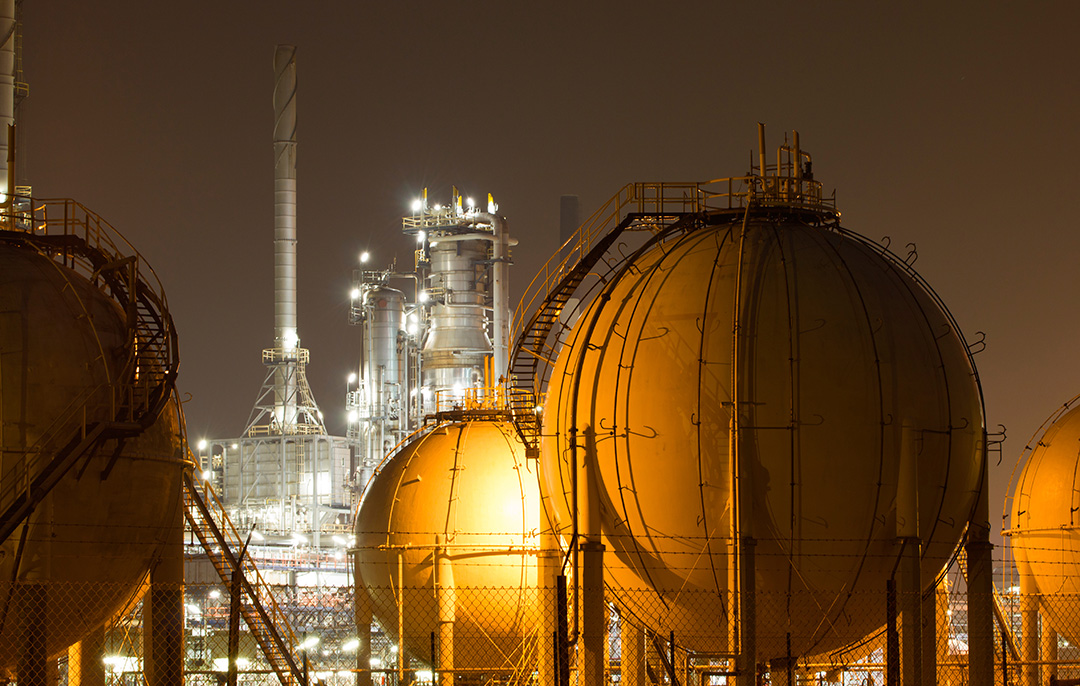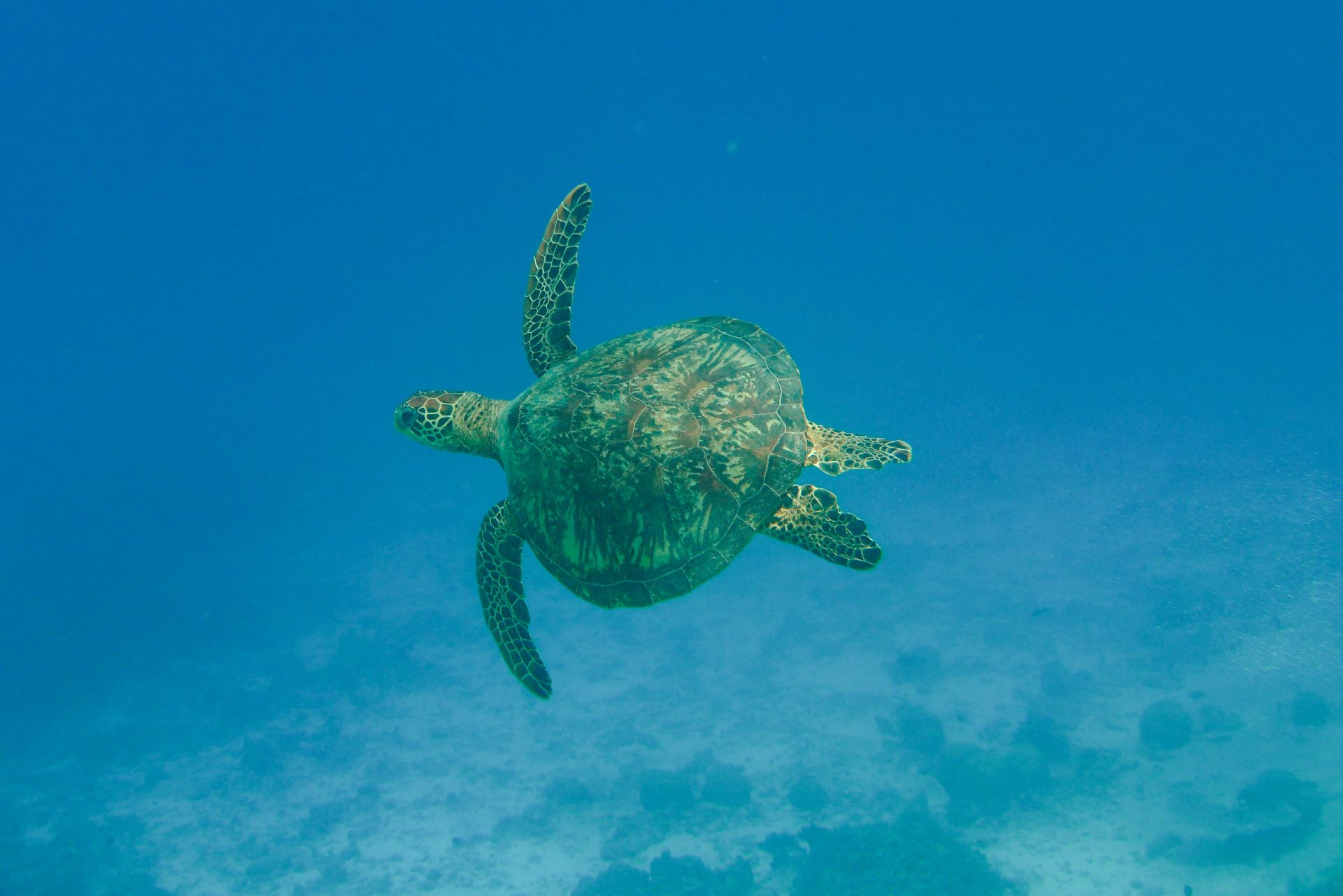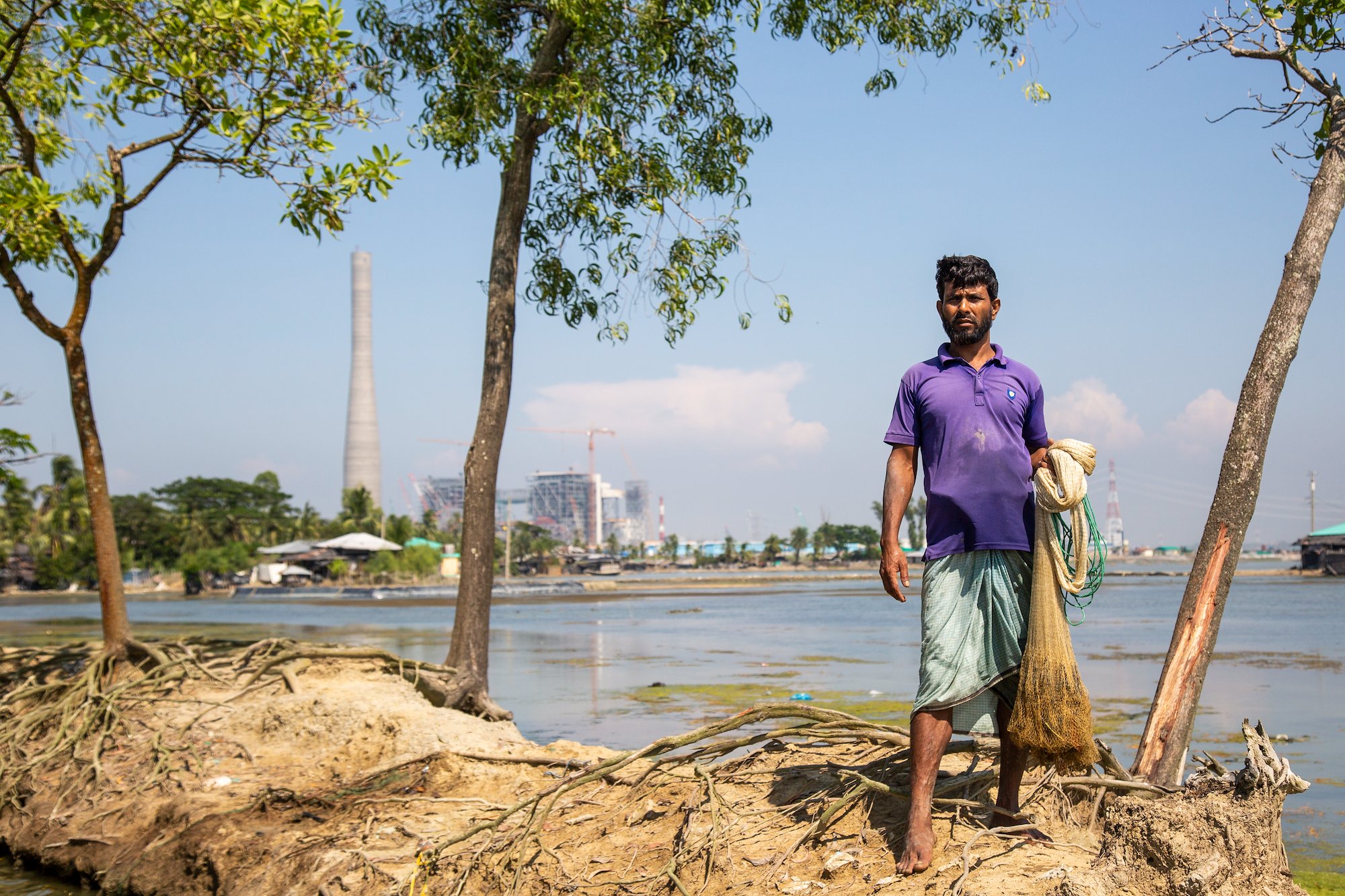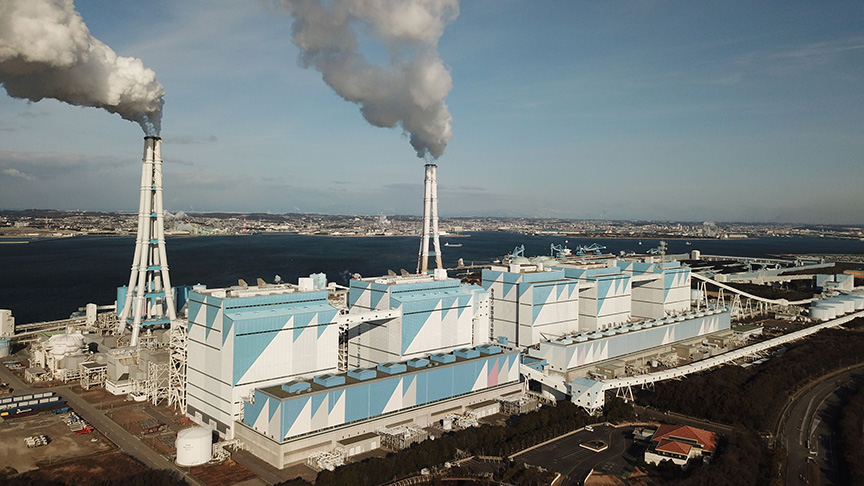Campaign
JERA
The biggest carbon polluter you’ve never heard of
Japan’s biggest power company JERA, a 50-50 joint venture of TEPCO and Chubu Electric Power, is pushing polluting fossil fuels in Japan and around the world while trying to brand itself as a global clean energy leader.
JERA’s dirty investments need to stop so the company can actually help the clean energy transition!

Take Action
Take action by sending an email to JERA’s CEOs!
Fast Facts about JERA’s support for fossil fuels
1. Championing false solutions
Under the “Zero CO2 Emissions 2050” roadmap, JERA is planning to combust ammonia and hydrogen (including ammonia or hydrogen from fossil fuels) – an uncommercialised technology incompatible with the global goal to keep the temperature rises to 1.5 degrees.
2. Spreading fossil fuels in emerging Asia, Australia and US
JERA is actively pursuing significant expansion in the liquefied natural gas (LNG) sector, including LNG fields such as Barossa LNG in Australia, Freeport LNG in the US, approximately five LNG import terminals [1] and LNG to power projects with nameplate capacity of 11.6GW[2] in Bangladesh and Vietnam.
3. Heavy polluter
JERA’s operations produce approximately 169 MtCO2-e annually, or 15% of Japan’s annual emissions (2020).
4. Greenwashing
JERA is facing a “greenwashing” petition to Japan Advertising Review Organization, a private not-for-profit regulator in relation to its “zero emissions thermal” ads by Kiko Network and Japan Environmental Lawyers Federation.
Although renewable energy accounts for only 2.2% of JERA’s business, it claims to be a clean energy company.
Reference:
[1]Bidder for Matarbari LNG Terminal, Shareholder of Summit International which is a sponsor of Matarbari Summit LNG Terminals, the Can Na LNG Terminal and Tien Lang 1 Industrial Park Hai Phong Terminal.
[2]Shareholder of Summit International which is a sponsor of Matarbari Summit LNG Power Plant (2,400MW), Bidder on Bac Lieu (3,200MW) and Ca Na 1 (1,500MW), Sponsor of Hai Phong Phase 1 and 2 (4,500MW)
JERA’s expansion threaten global climate goals to keep our planet liveable
TEPCO and Chubu Electric Power, and their joint venture JERA, have committed to net zero CO2 emissions by 2050, but their actions are inconsistent with these commitments:
- The International Energy Agency (IEA)’s net zero by 2050 scenario (NZE2050) specifies there can be no new exploration or expansion of oil and gas fields beyond projects already approved for development. If JERA is committed to net zero by 2050, it should demonstrate this by immediately ruling out new exploration or expansion of oil and gas fields, and not invest in projects such as Barossa LNG in Australia.
- JERA also should not be investing in further coal or LNG terminals, as NZE2050 calls for the “Phase-out of all unabated coal power plants by 2040” and states that “Also not needed are many of the liquefied natural gas (LNG) liquefaction facilities currently under construction or at the planning stage.”
- Climate risk-concerned investors should be wary of any company making claims about the future use of ammonia co-firing, including blue ammonia, as it presents an expensive, energy-intensive method for generating electricity with emissions reductions that are dubious
By sponsoring massive LNG projects JERA is increasing its carbon footprint, locking Asian countries such as Vietnam and Bangladesh into fossil fuels rather than having them develop renewable energy.
Analysis from Oil Change International shows switching from coal to gas for power generation will not cut carbon emissions enough to meet the Paris climate goals. Imported LNG can be as polluting as coal when aggregating emissions from extracting, processing, storing, and transporting the gas, as well as burning it.
Involvement in financially risky LNG
As JERA is investing in projects that are banking on the failure of the Paris agreement and out of line with the IEA Net Zero 2050 scenario, JERA is placing itself at risk of its proposed assets being stranded. JERA’s owners, TEPCO and Chubu, and their investors, will be exposed to these risks through JERA.
While JERA has committed to net zero by 2050, it has no coherent plans (including short and medium term targets) to achieve this goal, despite significant exposure to climate risk resulting from its fossil fuel dependence.
The Taskforce for Climate-related Financial Disclosures firmly established climate risk is financial risk, and recommends that companies establish short and medium term targets to allow investors assess whether companies are managing climate-related risks.
By only investing 2.2% of its business in renewable energy, JERA is missing out on opportunities to expand into a growth market.

Pushing Australia’s carbon bomb: Barossa LNG
The project, if built, is projected to release millions of tons of greenhouse gases during its lifespan.
The project may impact the critical habitats of marine life in the area, including the threatened Flatback and Olive Ridley turtles.
The project could cause two of Australia’s most important tropical fisheries to lose access to important fishing grounds, and it is alleged that seismic testing could harm fish stocks.

Pushing for a carbon bomb in Chattogram, Bangladesh
JERA is deeply involved in a massive fossil fuel buildout in the Chattogram region of Bangladesh through its ownership stake in Summit Power International, the largest private gas power company in Bangladesh.
Summit Power is the sponsor of the proposed Matarbari Summit LNG Power Plant and Matarbari Summit LNG Terminal. Additionally, JERA is bidding on the Matarbari Onshore LNG Terminal and planning further multi billion dollar LNG expansion in Bangladesh.
Companies like JERA are pushing costly LNG on Bangladesh, exposing Bangladesh’s economy to the volatile prices of imported fuels. While these companies argue their LNG buildout contributes to a low carbon transition, in reality it holds Bangladesh hostage financially, while these companies profit from the buildout of more polluting power.

Photography by Auvro Alam. Copyright Market Forces.
Showcasing a false solution: Hekinan Thermal Power Station
JERA is pushing ammonia as a low-carbon replacement for coal in power generation, arguing it can be used in existing power plants. This forms the main pillar of JERA’s transition strategy. However, this approach is riddled with problems, including doubtful emissions reduction potential to limit global warming to 1.5°C and lack of economic viability.
JERA is conducting a demonstration of 20% ammonia and 80% coal co-firing at its Hekinan thermal power station in Aichi, Japan. The company is also trying to export this technology to emerging Asian countries, such as Bangladesh, Indonesia and Vietnam, drawing up a carbon-intensive future for the region.

JERA’s Hekinan Power Station, which is being targeted for ammonia co-firing. Source: Wikimedia Commons
Campaign news
Join us
Subscribe for email updates: be part of the movement taking action to protect our climate.
